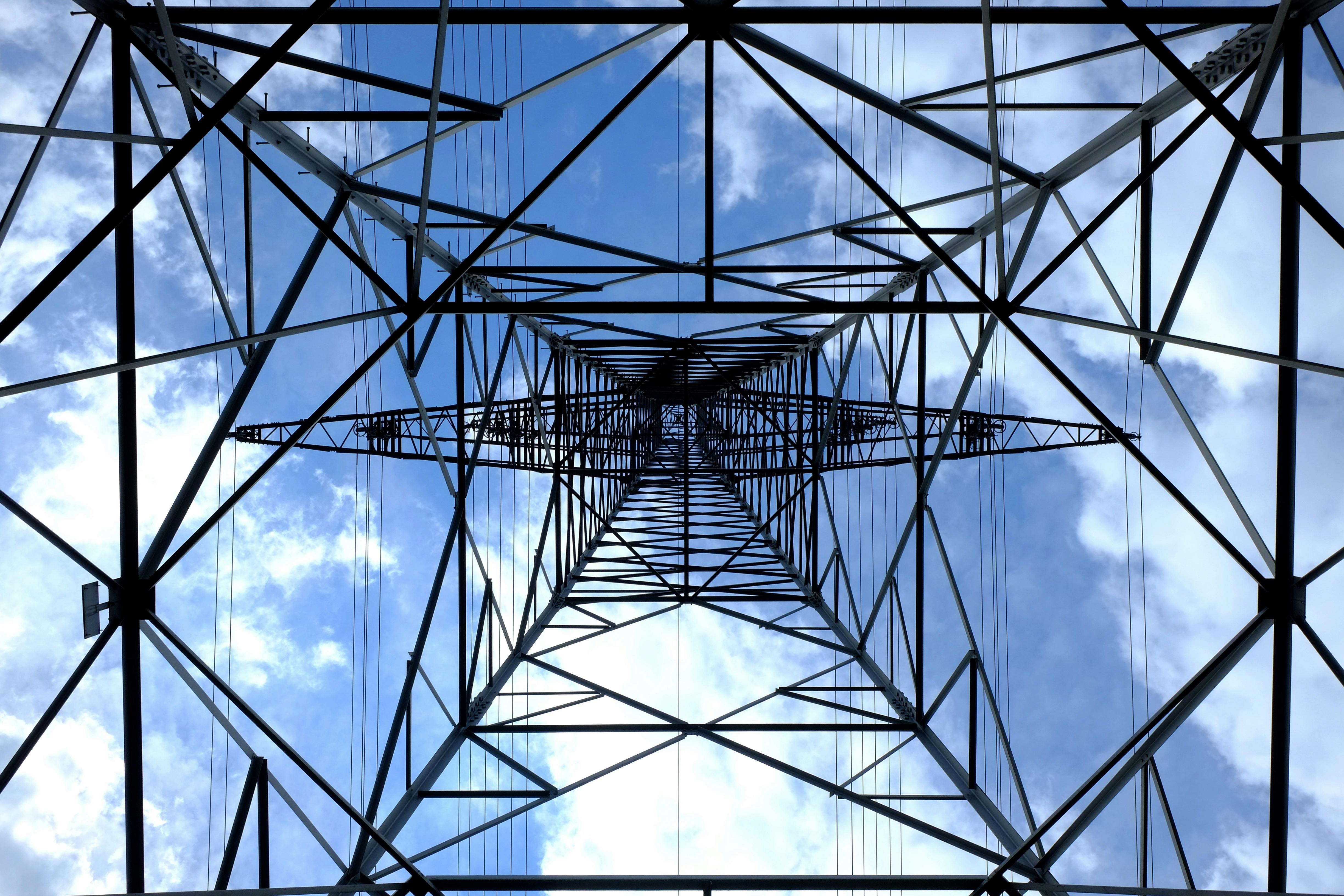6 Facts About Everyone Thinks Are True
 Everything You Need to Know about High Voltage Relays
Everything You Need to Know about High Voltage Relays
High voltage relays are crucial components in electrical systems, serving a vital role in managing and controlling high levels of electrical energy. Whether you’re an electrical engineer, a technician, or simply someone interested in understanding how electricity works, having a solid grasp of high voltage relays is essential. In this article, we’ll delve into everything you need to know about high voltage relays, including their functions, applications, types, and key considerations for selecting the right one for your needs.
At its core, a high voltage relay is an electromechanical device designed to control the flow of electrical current in circuits carrying high voltage levels. These relays act as switches, opening and closing circuits to regulate the flow of electricity based on predetermined conditions or commands. They play a critical role in ensuring the safety, efficiency, and reliability of electrical systems operating at elevated voltage levels.
High voltage relays find widespread use across various industries and applications where the management of high electrical currents is paramount. From power distribution and transmission systems to industrial machinery, medical equipment, and automotive applications, these relays are integral to numerous technologies and processes.
One of the primary functions of high voltage relays is to provide isolation and protection in electrical circuits. By effectively separating different parts of a circuit and controlling the flow of current, these relays help prevent overloads, short circuits, and other potentially hazardous conditions. Additionally, high voltage relays enable operators to remotely control the operation of electrical equipment, enhancing flexibility and efficiency in system management.
When it comes to selecting the right high voltage relay for a specific application, several factors must be considered. One crucial consideration is the voltage rating of the relay, which should match or exceed the voltage level of the circuit it will be used in. Additionally, factors such as current rating, switching capacity, response time, and environmental conditions must be taken into account to ensure optimal performance and reliability.
High voltage relays come in various types and configurations, each tailored to specific requirements and operating conditions. Some common types of high voltage relays include electromechanical relays, solid-state relays, reed relays, and hybrid relays. Each type offers unique advantages and features, making them suitable for different applications and environments.
Electromechanical relays, for example, utilize mechanical contacts to open and close circuits, offering robustness and reliability in demanding conditions. Solid-state relays, on the other hand, use semiconductor devices to perform switching operations, offering faster response times and higher switching frequencies. Reed relays, featuring magnetically operated contacts, are known for their compact size and low power consumption.
When considering the installation of high voltage relays, it’s essential to adhere to safety guidelines and regulations to minimize the risk of accidents and ensure compliance with industry standards. Proper insulation, grounding, and protective measures should be implemented to safeguard personnel and equipment from electrical hazards.
In conclusion, high voltage relays are indispensable components in electrical systems, providing essential functionality for controlling and managing high levels of electrical energy. Whether in power distribution networks, industrial machinery, or consumer electronics, these relays play a crucial role in ensuring the safe and efficient operation of electrical systems. By understanding their functions, applications, types, and selection criteria, you can make informed decisions when incorporating high voltage relays into your projects and applications.
This post topic: Clothing & Fashion


